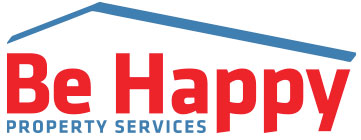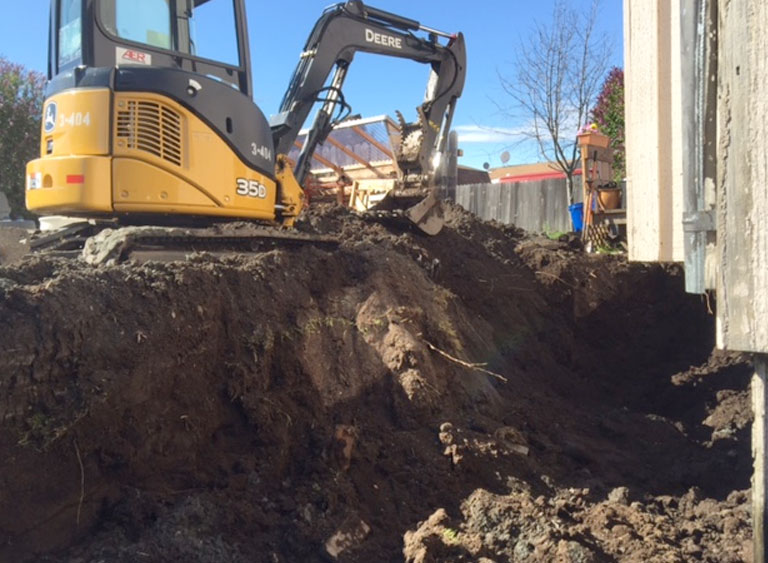Excavation can help to drastically restructure your commercial or residential property. It can also drastically restructure your wallet if you’re not careful. Here are some things to both look for and avoid when excavating your property.
Call before you dig!
As always, call your main utility suppliers and request to have a technician come out and mark your property for no dig spots. Most properties are littered with underground infrastructures that supply power, water and gas various hook-ups on the property. Call and have these infrastructures clearly marked prior to turning any earth. Skipping this step will most certainly lead to a busted or broken utility line on your property, and you’ll be left to foot the bill for repairs. Besides being ridiculously dangerous, busting open a utility line will cost thousands of dollars in man hours to repair. Money aside, you don’t want to electrocute yourself, flood your property with endless amounts of leaking water, or suffocate your neighborhood with a natural gas leak. All of these things are very bad news and ought to be avoided. Call before you dig! In Anchorage, simply dial 811 in your phone and the municipality will take it from there.
Excavation depths to avoid
While digging holes in your property, be sure not to dig a hole too deep or too steep. While the ground may support a 10 foot trench one day, a decent night of rain will drastically change the composition and behavior of your properties soil. You may wake up to buried equipment, or worse, you may get buried yourself while you work. Excavation trenches deeper than 5 feet are required a protective system to prevent cave-ins or collapsing of walls. Depths of 20 feet or more require that the protective system be de-signed by a registered professional engineer or be based on tabulated data prepared and/or approved by a registered professional engineer. Before excavating your property, know how deep you plan to dig and implement protective systems accordingly.
Protective Systems
There are several protective systems that can be used to ensure your safely while excavating your property. Lets take a look at a few:
- Sloping involves cutting back the trench wall at an angle inclined away from the excavation.
- Shoring requires installing aluminum hydraulic or other types of supports to prevent soil movement and cave-ins.
- Shielding protects workers by using trench boxes or other types of supports to prevent soil cave-ins.
Be careful when designing your protective system. There are many factors to consider in your design, including soil classification, depth of cut, water content of soil, changes due to weather or climate, surcharge loads (eg., spoil, other materials to be used in the trench) and other operations in the vicinity.
Competent Excavator
OSHA standards require an evaluation of an excavation hole every day prior to allowing any workers to enter the area. This evaluation must be done by a competent person to ensure the elimination of excavation hazards. If you don’t feel comfortable taking on this role, there are local professionals who can help you get the job done correctly and safely. Be Happy Property Services offers a large array of professional excavation services. With a safety first mindset, Be Happy PS will give you true peace of mind while they labor over the dangerous aspects of your property’s project. Sit back and let the professionals take care of your digging needs quickly and efficiently. To find out more about Be Happy’s excavation services, or to schedule a property assessment, please click here to send us an email, or click here to simply give us a call.
Happy digging!
Resources
Visit the OSHA website to find more information about excavation and best practices to keep you and your wallet safe.

